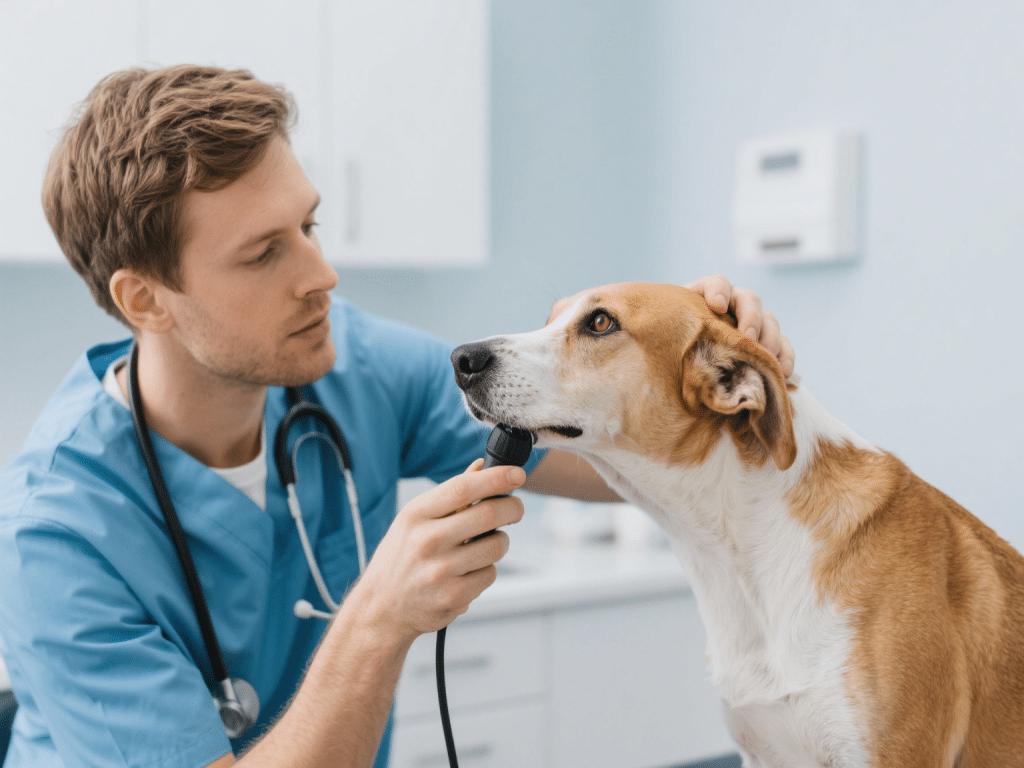Preventing and Treating Ear Infections in Dogs: A Complete Guide

As a board-certified veterinary technician and longtime canine ear-health advocate, I’ve managed hundreds of otitis cases—both preventing flare-ups and treating stubborn infections. Below is my comprehensive guide to keeping your dog’s ears healthy year-round.
1. Understand the Causes
Ear infections in dogs often result from:
Moisture buildup (especially in floppy-eared breeds)
Allergies (food or environmental)
Foreign bodies (grass awns, debris)
Underlying endocrine issues (e.g., hypothyroidism)
Knowing the root cause guides effective prevention and treatment.
2. Weekly Ear-Cleaning Routine
Solution: Mix equal parts veterinary-grade ear cleanser and distilled water.
Technique: Gently lift the ear flap, squirt solution into canal, massage base for 30 seconds, then allow your dog to shake. Wipe with a soft cotton pad—never use cotton swabs.
Expert Tip: Reward with a favorite treat after each cleaning to build positive associations.
3. Recognizing Early Signs
Head shaking or tilting
Odor or dark discharge
Redness and inflammation
Scratching at the ear
If you spot any signs, schedule a vet exam promptly to culture the discharge and tailor therapy.
4. At-Home Supportive Care
Drying Agent: After swims or baths, use a drying wipe containing ethanol and lactic acid to prevent moisture accumulation.
Dietary Management: If food allergies are suspected, trial a novel protein or hydrolyzed diet under veterinary guidance.
Supplements: Omega-3 fatty acids can reduce inflammatory ear dermatitis from within—5 mg EPA per lb body weight daily.
5. Veterinary Treatments
Topical Medications: Antibacterial/antifungal eardrops tailored by culture results—applied once or twice daily for 7–14 days.
Systemic Therapy: In severe or refractory cases, oral antibiotics or corticosteroids may be prescribed.
Follow-Up: Recheck cultures after treatment to confirm eradication and adjust protocol if needed.
By combining regular home care, early detection, and targeted veterinary intervention, you’ll protect your dog from painful ear infections—and the costly, frustrating relapses they often entail. Always follow your vet’s instructions and never self-medicate without a proper diagnosis.






Comments on "Preventing and Treating Ear Infections in Dogs: A Complete Guide" :